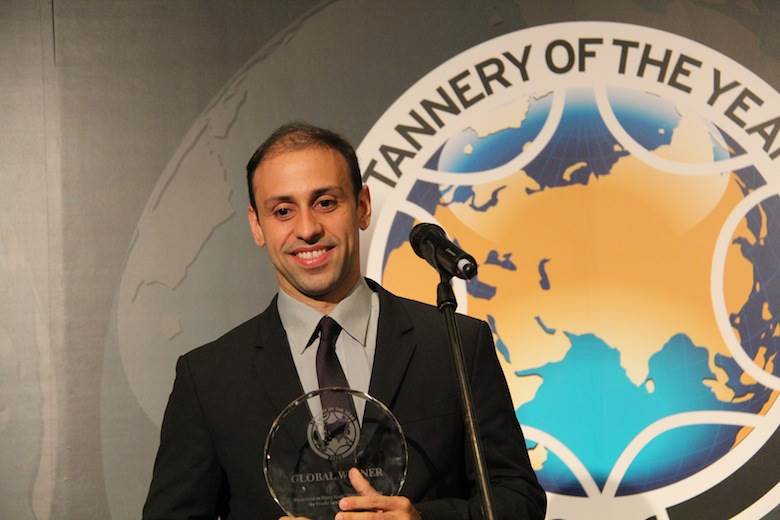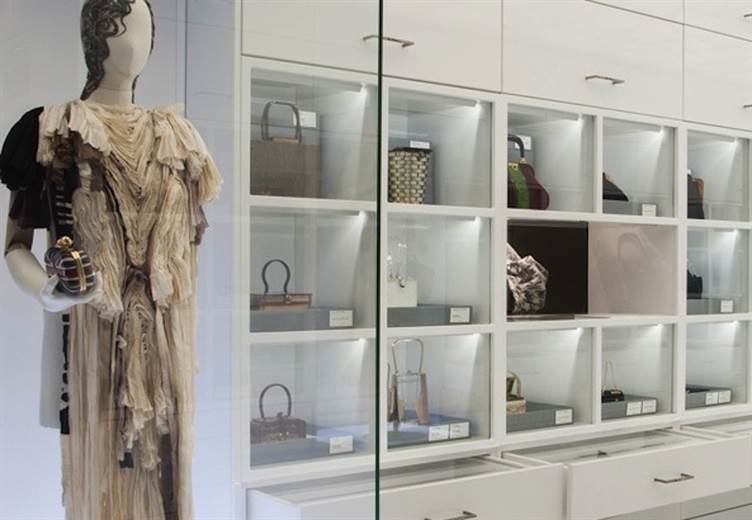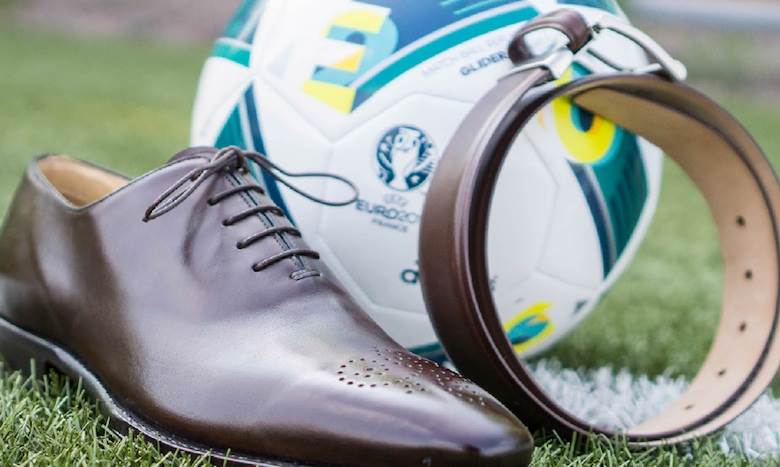LHCA Update - Estimated Number of US Hides Composted in 2019
Dear Global Leather Industry Colleagues,
I want to draw your attention to the attached infographic that the Leather and Hide Council of America (LHCA) intends to send out and post on social media channels later today. We will accompany it with a press release that provides additional information about the industry and basic facts about the association. Using a new media tool we recently acquired, we will be sending this infographic and press release to a significant number of media contacts in fashion, footwear, sustainability and lifestyle media outlets. Currently, we have a target list of several hundred media outlets that will receive this information.

























